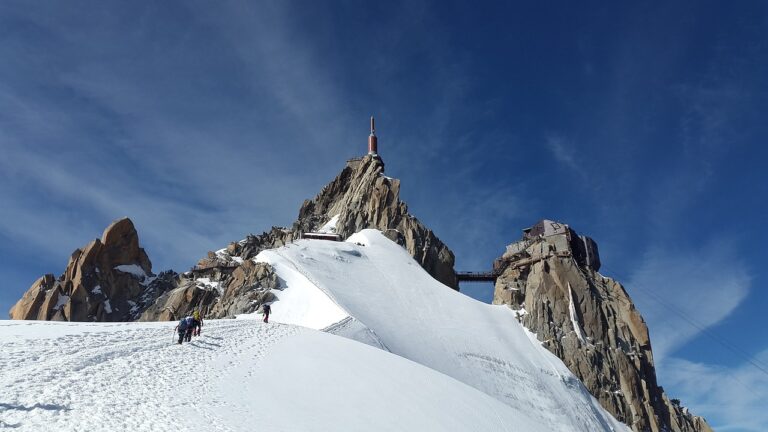What Is Bike Backpacking?
Bike backpacking is a self-supported cycling discipline that combines the freedom of backpacking with the thrill of exploring rugged terrain on two wheels, allowing riders to immerse themselves in the natural environment and experience the ultimate sense of adventure and independence. Born from the intersection of cycling and backpacking, this genre emphasizes flexibility, freedom, and connection with nature. Essential gear, meticulous route planning, and safety considerations are vital to a memorable experience. As you venture into this domain, you'll discover the transformative power of self-supported travel, and the possibilities are endless, limited only by your imagination and the roads yet to be ridden.
The Origins of Bike Backpacking
The Origins of Bike Backpacking
Emerging from the intersection of cycling and backpacking, bike backpacking evolved as a distinct genre of adventure travel in the late 20th century, fueled by the pioneering spirit of outdoor enthusiasts seeking to traverse remote landscapes on two wheels. These visionaries drew inspiration from the self-supported cycling tradition of randonneuring and the load-carrying capabilities of backpacking. By integrating these disciplines, they created a new breed of adventure travel that emphasizes freedom, flexibility, and immersion in the natural environment. As bike backpacking gained popularity, it attracted a diverse community of riders who shared a passion for exploring rugged terrain, pushing physical limits, and experiencing the thrill of plunge.
Essential Bikepacking Gear
Bikepackers rely on a carefully curated kit of essential gear, tailored to strike a balance between comfort, efficiency, and durability, to tackle the demands of self-supported cycling adventures. A sturdy bikepacking bag, designed to carry gear securely and comfortably, is a fundamental component. Additional must-haves include a lightweight tent, sleeping bag, and sleeping pad for comfortable overnight stays. A portable stove, water filter, and food storage containers enable riders to prepare meals and stay hydrated on the go. Other essentials include a first aid kit, basic toolset, and navigation tools such as a GPS device and maps. By carefully selecting and packing these essential items, bikepackers can confidently set out on extended cycling excursions, free from the constraints of traditional touring gear.
Planning the Perfect Route
As you prepare to set out on a bikepacking adventure, meticulous route planning is crucial to ensuring a memorable and stress-free experience, as it allows you to balance challenging terrain with scenic rewards and logistical practicalities. Begin by researching local bikepacking routes, seeking recommendations from experienced riders, and consulting topographic maps to identify appealing trails and roads. Consider factors such as distance, elevation gain, and resupply points when crafting your itinerary. Additionally, be mindful of terrain suitability, weather conditions, and any necessary permits or regulations. By carefully planning your route, you can create a harmonious balance between adventure and practicality, allowing you to focus on the thrill of the ride.
Bikepacking Safety Considerations
Meticulous route planning sets the stage for a successful bikepacking adventure, but it's just as vital to prepare for the unexpected by considering key safety factors that can make all the difference between a triumphant ride and a disastrous one. One critical aspect is emergency preparedness, including carrying a first-aid kit, knowing basic bike repair, and having a plan for traversing inclement weather. Additionally, it's essential to stay visible and alert, using lights, reflectors, and bright clothing to increase visibility, especially at dawn and dusk. In addition, being aware of potential hazards such as wildlife, steep terrain, and loose surfaces can help you anticipate and react accordingly.
Benefits of Self-Supported Travel
Venturing on a self-supported bikepacking adventure offers a profound sense of freedom and empowerment, allowing riders to craft a truly personalized experience that unfolds at their own pace. Without the constraints of group tours or fixed itineraries, riders can discover hidden gems, linger at scenic vistas, or push themselves to new physical limits. Self-supported travel also fosters a deeper connection with the environment, as riders must be attuned to their surroundings, charting a course through terrain, weather, and logistics. This autonomy cultivates resourcefulness, resilience, and adaptability, making each trip a transformative journey of self-discovery. By carrying their own gear and provisions, riders develop a sense of accomplishment and pride in their ability to thrive in the great outdoors.
Tips for New Bikepackers
Venturing on a bikepacking journey can be a formidable prospect, especially for those new to the sport, which is why it's vital to carefully consider the nuances of gear selection, route planning, and logistical preparation before setting out on the open road. Start by investing in a reliable bikepacking bag and essential gear, such as a sleeping bag, tent, and cooking equipment. Plan your route according to your skill level and desired terrain, and research campsites, water sources, and food resupply points along the way. Additionally, prepare for variable weather conditions, mechanical issues, and physical exhaustion. By being meticulous in your planning, you'll be better equipped to handle the challenges that arise and fully immerse yourself in the freedom and adventure of bikepacking.


